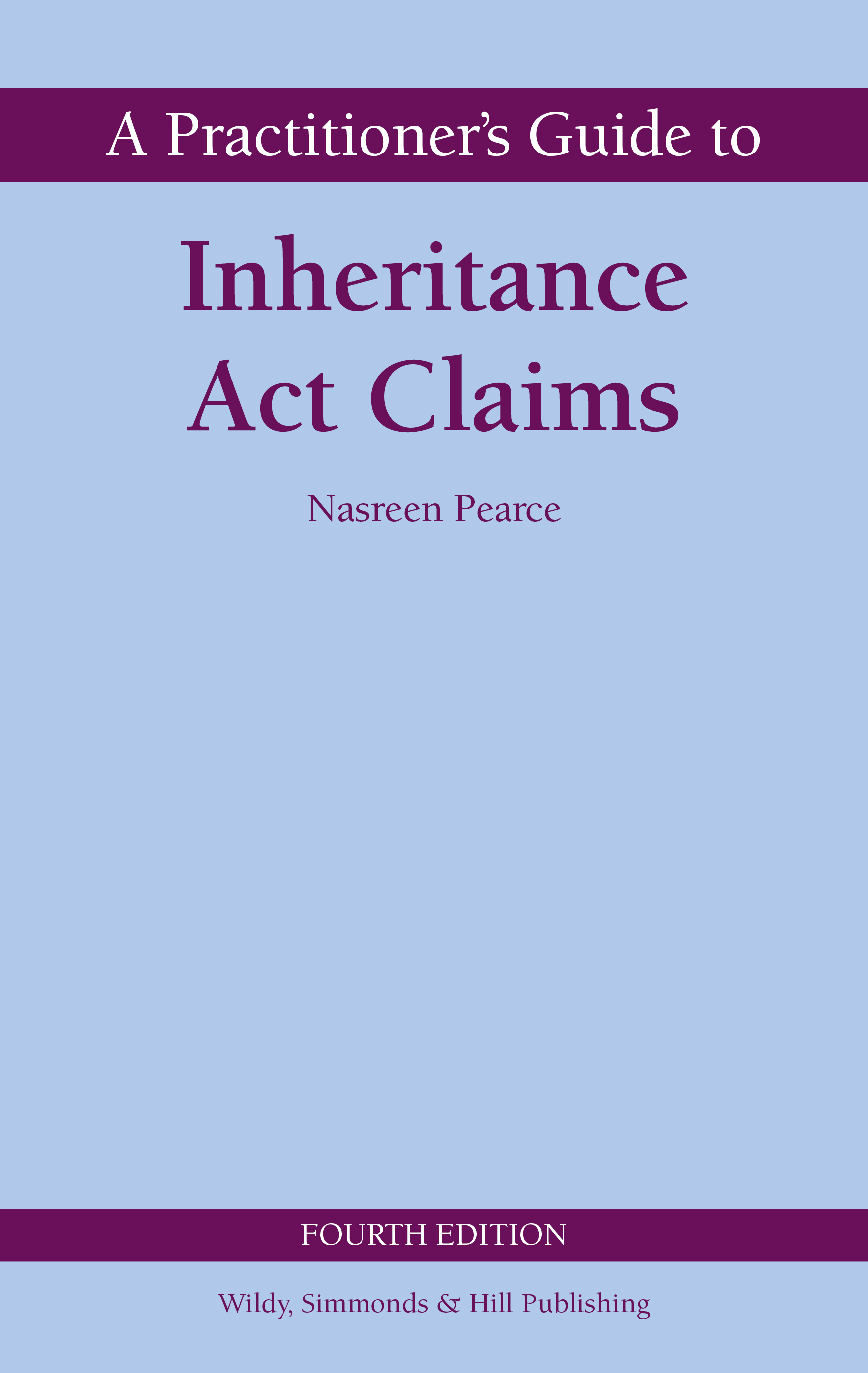
This new edition is a comprehensive, accessible, and practical guide to the provisions of the Inheritance (Provision for Family and Dependants) Act 1975. It provides up-to-date guidance on the law, practice, and procedure on the ever-increasing applications for financial provisions under the Act. The provisions of the Act and its interpretation by the courts are set out and explained by providing summaries of relevant cases. The book also contains a step-by-step guide to the preparation of a case under the Act and the practice and procedure to process an application through the courts.
The introduction provides an overview of the background of the legislation, the amendments that have been made, and the issues that still need to be resolved, particularly in relation to cohabitants. Each chapter comprehensively deals with information on the preconditions and time limits to prepare for an application to be made under the Act. These include issues such as domicile, limitation of time, eligibility, grounds for making a claim and the necessary factors to establish a claim. The book also provides useful information on claims based on constructive trusts and proprietary estoppel which so frequently arise in farming claims and claims made by cohabitants and other family members.
The new edition sets out the challenges of cryptocurrencies, crypto assets, and currency. It also emphasises the importance of engaging in negotiations and mediation as part of the pre-proceedings steps to be taken, and the adverse impact on costs of failure to do so or frustrating attempts made to resolve the issues by agreement.
The Appendices contain the 1975 Act, as amended, various Rules and Practice Directions, ACTAPS Practice Guidance, as well as precedents which provide a checklist of the information and evidence necessary to establish a case for each category of eligible claimant.
“With claims against estates for financial provisions increasing rapidly, it is necessary to have clear commentary and direction on how cases should be brought, managed and even settled. This is one such necessary step-by-step guide. Its practicality was immediately obvious as I found myself considering the application of its contents to my own caseload…13 chapters, with each speaking to essential aspects of claims being brought and challenged under the Inheritance Act 1975. ..wide-ranging, with the author’s technical knowledge apparent at every juncture. Each subject is concisely explained and discussed in accessible language.”Law Society Gazette
"Lawyers dealing with inheritance tax issues would be wise to acquire this long established and eminently useful title - now in a new and extensively updated 4th edition...Comprehensive and practical, this authoritative legal text has long been regarded as an essential purchase for practitioners involved in this particularly challenging area of law.
Elizabeth Robson Taylor, Richmond Green Chambers and Phillip Taylor, Head of Chambers, Reviews Editor, ‘The Barrister’ and Mediator
ABOUT THE AUTHOR
Nasreen Pearce is a retired circuit judge and former district judge of the Principal Registry of the High Court. She is the General Editor of 'Butterworth’s Wills, Probate and Administration Service' and 'Emergency Remedies in the Family Courts', and has also written extensively on other areas of family law and applications in the Court of Protection. She is the author of A Practitioner's Guide to Probate Disputes, 2nd edition (2022),also published by Wildy, Simmonds & Hill Publishing.